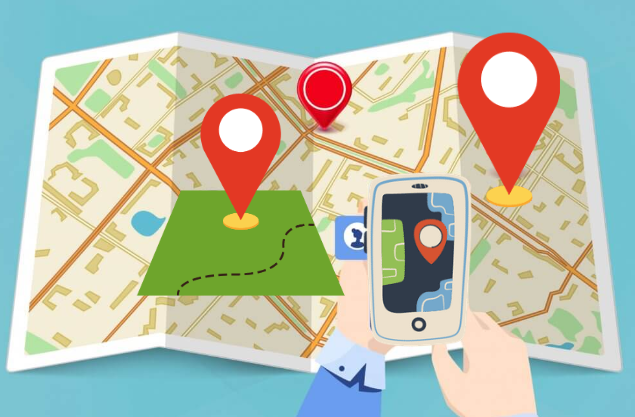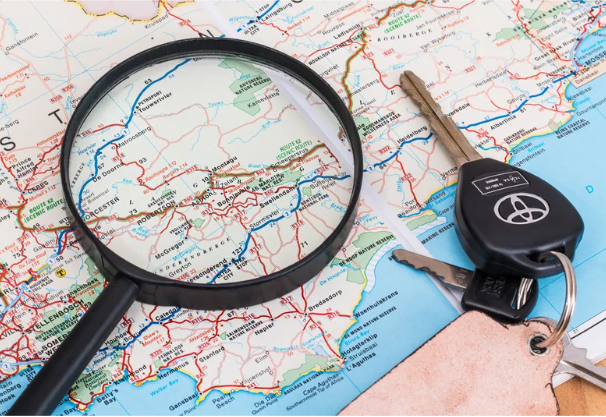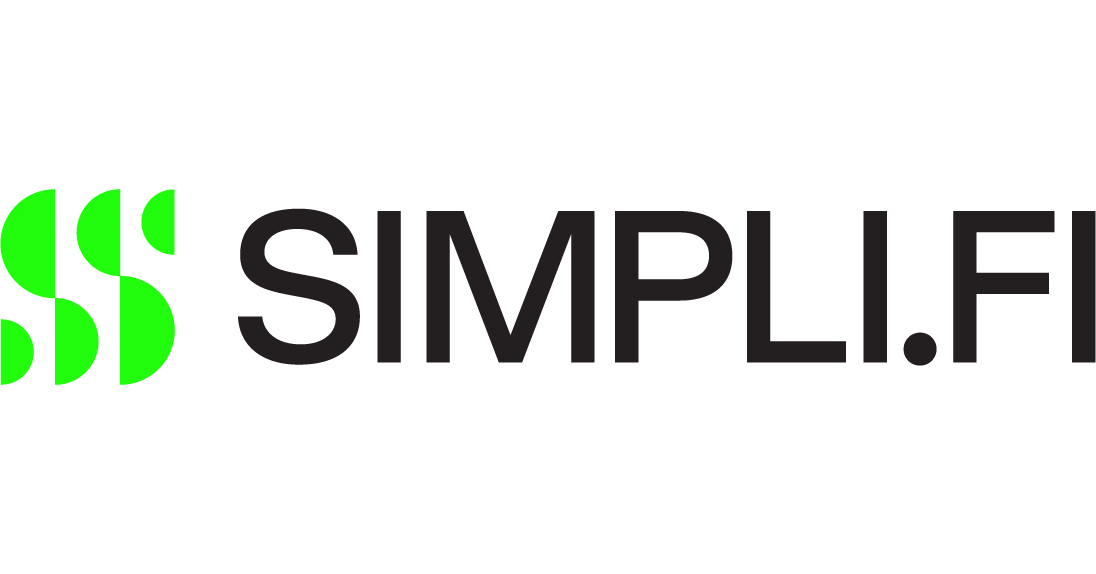Are you looking for innovative marketing strategies to fuel your business growth?
In today’s hyperconnected world, where mobile devices have become an extension of our daily lives, geofencing marketing has emerged as a powerful tool to engage customers and boost business revenue.
By leveraging the capabilities of location-based technology, geofencing marketing enables businesses to target their audience with personalized messages and offers based on their physical proximity.
In this beginner’s guide, we will explore the significance of geofencing marketing for business growth and delve into the strategies that can help you harness its potential to drive success in the competitive marketplace.
Short Summary
-
Geofencing marketing enables businesses to engage with local customers based on their location, delivering personalized messages and offers.
-
It offers targeted advertising and messaging, allowing businesses to reach the right audience at the right place and time.
-
Geofencing enhances the customer experience by providing relevant information and promotions based on their location.
-
Implementing geofencing marketing strategies can give businesses a competitive advantage in the market.
What Is Geofencing Marketing?

Geofencing marketing is a business location-based marketing strategy that utilizes virtual boundaries, known as geofences, to deliver targeted messages and promotions to mobile users within a specific geographical area.
A geofence is a predefined boundary created using GPS coordinates or other location-based technologies, such as Wi-Fi signals or beacons. When a user enters or exits a geofenced area, their mobile device can trigger automated actions, such as sending push notifications, displaying ads, or delivering personalized content.
Geofencing digital marketing enables businesses to engage with their audience in real-time, capitalizing on their physical proximity to drive customer engagement and increase conversions.
Types of geofencing technologies
GPS-based geofencing
GPS-based geofencing relies on Global Positioning System (GPS) technology to establish virtual boundaries. GPS-enabled devices, such as smartphones, use satellite signals to determine their precise location within the geofenced area.
This technology is highly accurate and can be employed in various outdoor scenarios, such as targeting customers based on their proximity to a specific store or event venue.
Wi-Fi-based geofencing
Wi-Fi-based geofencing utilizes Wi-Fi signals to detect the presence of mobile devices within a defined area. Wi-Fi access points are strategically placed, and when a device enters the range of a Wi-Fi network, it can trigger location-based actions.
Wi-Fi-based geofencing is effective for indoor environments, such as shopping malls or airports, where GPS signals may be limited.
Beacon-based geofencing
Beacon-based geofencing relies on small Bluetooth Low Energy (BLE) devices called beacons. These beacons emit signals that can be detected by nearby smartphones equipped with Bluetooth functionality.
When a device comes into range of a beacon, it can trigger specific actions, such as delivering personalized offers or providing location-based information. Beacon-based geofencing is commonly used in retail stores, museums, and other indoor venues to enhance customer experiences and drive foot traffic.
Benefits of Geofencing Marketing
Geofencing marketing offers numerous benefits that can greatly contribute to the growth and success of a business.
Let’s explore some of these advantages:
Increased customer engagement and personalization
Geofencing marketing enables businesses to engage with their customers at the right time and place, resulting in higher levels of engagement. By delivering personalized messages, offers, and recommendations based on a customer’s location, businesses can create a more tailored and relevant experience.
This personalized approach fosters a stronger connection with customers, driving brand loyalty and increasing the likelihood of conversions.
Targeted advertising and messaging
Geofencing allows businesses to precisely target their advertising efforts. By defining specific geofences, they can ensure that their messages and promotions reach the right audience in the right location.
This targeted approach helps optimize digital marketing budgets by focusing on high-potential areas and demographics, maximizing the impact of advertising campaigns.
Enhanced customer experience
Geofencing marketing can significantly enhance the customer experience. By leveraging location-based technology, businesses can provide customers with relevant information, such as directions, store-specific promotions, or real-time updates on nearby events.
This level of convenience and personalized assistance enriches the customer journey, fostering positive experiences that can lead to customer satisfaction and long-term loyalty.
Competitive advantage
Implementing geofencing marketing strategies can give businesses a competitive edge in the marketplace. By leveraging the power of location-based targeting, businesses can differentiate themselves from competitors, reaching potential customers at critical moments when they are most likely to make purchasing decisions.
This competitive advantage allows businesses to stay ahead in an increasingly crowded market and attract customers who are seeking personalized and location-specific experiences.
Developing a Geofencing Marketing Strategy
To leverage the potential of geofencing marketing, businesses need to develop a well-defined strategy.
Defining marketing goals and objectives
Clearly define the goals and objectives of your geofencing marketing campaign. Are you aiming to increase foot traffic, drive online sales, or enhance brand awareness? Setting specific goals will guide your strategy and help measure the success of your campaigns.
Identifying target audience and geofence locations
Understand your target audience and their behaviors. Identify the locations where they are most likely to be present or engage with your business. This could be near your physical store, at industry events, or in specific neighborhoods. Tailor your geofence locations accordingly to ensure your messages reach the right people.
Setting up geofences and tracking technology
Create geofences around the targeted locations using the appropriate geofencing technology, such as GPS, Wi-Fi, or beacons. Implement tracking technology to accurately detect when users enter or exit the geofenced areas, triggering the desired actions or notifications.
Creating relevant and engaging content
Craft compelling and personalized content that aligns with your marketing goals and resonates with your target audience. Tailor your messages, offers, and promotions to the specific location and context to maximize relevance and engagement.
Implementing geofencing campaigns
Launch your geofencing campaigns by deploying the necessary technological infrastructure and systems. Monitor and analyze the campaign performance regularly, making adjustments as needed. Continuously optimize and refine your geofencing strategies based on the insights gained from data analysis.
Geofencing Campaign Ideas

Geofencing opens up a world of creative possibilities for marketing campaigns. Here are some effective geofencing campaign ideas to inspire your strategies:
Location-based offers and discounts
Create exclusive offers and discounts that are specific to customers within the geofenced area. By delivering personalized promotions based on their location, you can incentivize customers to visit your store or make a purchase.
For example, offering a time-limited discount for customers who are near your store can drive immediate foot traffic and increase sales.
Event-triggered notifications
Target customers attending specific events or gatherings with event-triggered notifications. These notifications can provide event-related information, suggest nearby dining options, or promote exclusive offers during the event. By tapping into the event’s context, you can engage attendees and enhance their experience.
Competitor targeting
Leverage geofencing to target customers who are near your competitors’ locations. Deliver compelling offers or promotions that encourage customers to switch their allegiance to your business. This approach, known as geo-conquesting, can help you capture customers who are actively considering or engaged with your competitors.
In-store promotions and loyalty programs
Enhance the in-store experience by implementing geofencing-based promotions and loyalty programs. When customers enter your store, trigger personalized notifications offering them exclusive discounts or rewards for their loyalty. This not only increases customer engagement but also encourages repeat visits and builds brand loyalty.
Geo-conquesting
Identify areas where your competitors have a strong presence and create geofences around those locations. Target customers within those geofenced areas with tailored offers and promotions to attract them to your business instead. By highlighting your unique value propositions, you can win over customers from your competitors.
Geofencing Best Practices
To ensure the success of your geofencing marketing campaigns, it’s important to follow these best practices:
Respecting user privacy and obtaining consent
Adhere to privacy regulations and obtain explicit consent from users before collecting their location data. Clearly communicate how their data will be used and assure them of data security and privacy.
Monitoring and analyzing campaign performance
Regularly monitor and analyze the performance of your geofencing campaigns. Track metrics such as engagement rates, conversions, and foot traffic to evaluate the effectiveness of your strategies. Use this data to make data-driven decisions and refine your campaigns.
A/B testing and optimizing geofencing campaigns
Conduct A/B testing to compare different variations of your geofencing campaigns. Test different messages, offers, or geofence locations to identify what resonates best with your target audience. Optimize your campaigns based on the insights gained from these tests.
Integration with other marketing channels
Integrate your geofencing marketing efforts with other marketing channels, such as social media or email marketing. Ensure consistent messaging and branding across channels to create a seamless and cohesive customer experience.
Staying up to date with geofencing trends and technologies
Keep up with the latest geofencing trends and advancements in location-based technologies. Stay informed about new platforms, features, and capabilities that can enhance your geofencing campaigns. Embrace innovation and adapt your strategies accordingly to stay ahead of the competition.
What Is The Cost Of Setting Up A Geofencing Marketing Campaign?
The cost of setting up a geofencing marketing campaign can vary depending on several factors, such as the scale of the campaign, the chosen geofencing technology, the target audience size, and the duration of the campaign. It’s important to note that the following cost estimates are approximate and can vary based on specific circumstances:
-
Geofencing Platform Fees: Geofencing platforms often charge a fee for accessing their services, which can range from a monthly subscription fee to a usage-based pricing model. The cost can start from as low as $50 per month for basic features and small audience sizes, but it can increase significantly for more robust platforms or larger campaigns, reaching several hundred dollars per month or more. Costs vary based on factors such as the extent of your campaigns and the agency you work with. Businesses spend anywhere from $1500 to more than $32,000 per month on geofencing advertising.
-
Creative and Content Development: The cost of creating compelling and engaging content for your geofencing campaigns can vary based on your requirements and resources. This may include costs for graphic design, copywriting, and video production. Depending on the complexity and quality desired, content creation costs can range from a few hundred dollars to several thousand dollars.
-
Advertising Spend: If you plan to run paid advertisements within your geofencing campaign, such as mobile ad networks or social media ads, you’ll need to allocate a budget for advertising spend. The cost will depend on factors such as the platform, ad format, targeting parameters, and bidding strategy. Advertising costs can range from a few dollars per day to thousands of dollars per month, depending on your campaign’s scale and goals.
-
Geofencing Technology Infrastructure: The cost of setting up the necessary geofencing technology infrastructure, including hardware (such as beacons) and software, will vary depending on the size and complexity of your campaign. For example, if you opt for beacon-based geofencing, the cost can range from $10 to $50 per beacon, and you may need multiple beacons depending on the coverage area.
Top 5 Geofencing Marketing Agencies

Here’s a list of five reputable marketing agencies that have established a strong presence in the Geofencing industry.
-
Simpli.fi: Simpli.fi is a leading geofencing marketing agency known for its advanced targeting capabilities and programmatic advertising solutions. They offer geofencing services for businesses of all sizes, helping them reach their target audience with precision and drive measurable results.
-
Salesforce: Salesforce is a well-known geofencing and location-based marketing platform that provides comprehensive solutions for businesses. They offer a range of services, including geofencing, beacon-based marketing, location analytics, and proximity targeting, enabling businesses to engage customers with personalized experiences based on their real-time location.
-
WebFX: WebFX is a location data and marketing platform that specializes in leveraging accurate and rich location-based insights for targeted advertising. They provide geofencing solutions that enable businesses to reach their desired audience based on specific locations, demographics, and behavioral data.
-
dNovo Group: dNovo Group is a geofencing and location services provider that focuses on enabling businesses to deliver personalized experiences based on real-world context. Their platform offers precise geofencing capabilities, location-based notifications, and customer tracking analytics, empowering businesses to engage customers at the right time and place.
-
Thumbvista: Thumbvista specializes in providing location-based marketing solutions, including geofencing, beacon marketing, and proximity targeting. They offer a comprehensive platform that allows businesses to create highly targeted and personalized campaigns, driving customer engagement and enhancing the in-store experience.
Conclusion
Geofencing marketing is a powerful tool for businesses seeking to drive growth and engage with their target audience in a personalized and location-specific manner.
By leveraging the capabilities of geofencing technologies such as GPS, Wi-Fi, and beacons, businesses can deliver targeted messages, offers, and promotions to customers at the right time and place, resulting in increased customer engagement, enhanced customer experiences, and a competitive edge in the market.
With proper planning, strategic implementation, and adherence to best practices, geofencing marketing can unlock new opportunities for businesses to connect with their audience, drive conversions, and ultimately achieve business growth in today’s dynamic and competitive landscape.
Frequently Asked Questions
Can geofencing marketing work for online businesses without physical locations?
Absolutely! Geofencing marketing can be adapted for online businesses by targeting specific geographic areas where the target audience resides. This allows online businesses to deliver personalized offers and messages based on location, driving engagement and conversions.
How accurate is geofencing technology in detecting user location?
Geofencing technology can be highly accurate, depending on the chosen technology and its implementation. GPS-based geofencing tends to offer the highest level of accuracy, often within a few meters. Wi-Fi-based geofencing and beacon-based geofencing can also provide precise location data when properly configured.
Are there any legal or privacy concerns associated with geofencing marketing?
Yes, privacy and legal considerations should be taken into account when implementing geofencing marketing campaigns. It is important to obtain explicit user consent for collecting and using their location data, and to adhere to relevant privacy regulations such as GDPR and CCPA. Respecting user privacy and ensuring data security are essential elements of a successful geofencing strategy.
How can I measure the success of my geofencing marketing campaigns?
Key metrics to measure the success of geofencing campaigns include engagement rates (such as click-through rates or app interactions), foot traffic (if applicable), conversions, and return on investment (ROI). By analyzing these metrics, businesses can evaluate the effectiveness of their campaigns and make data-driven decisions for optimization.
Can geofencing be used for customer retargeting?
Yes, geofencing can be a valuable tool for customer retargeting. By setting up geofences around specific locations, businesses can target customers who have previously visited their physical store or engaged with their brand. This allows for customized retargeting messages and offers to re-engage customers and drive them back to the business.
















